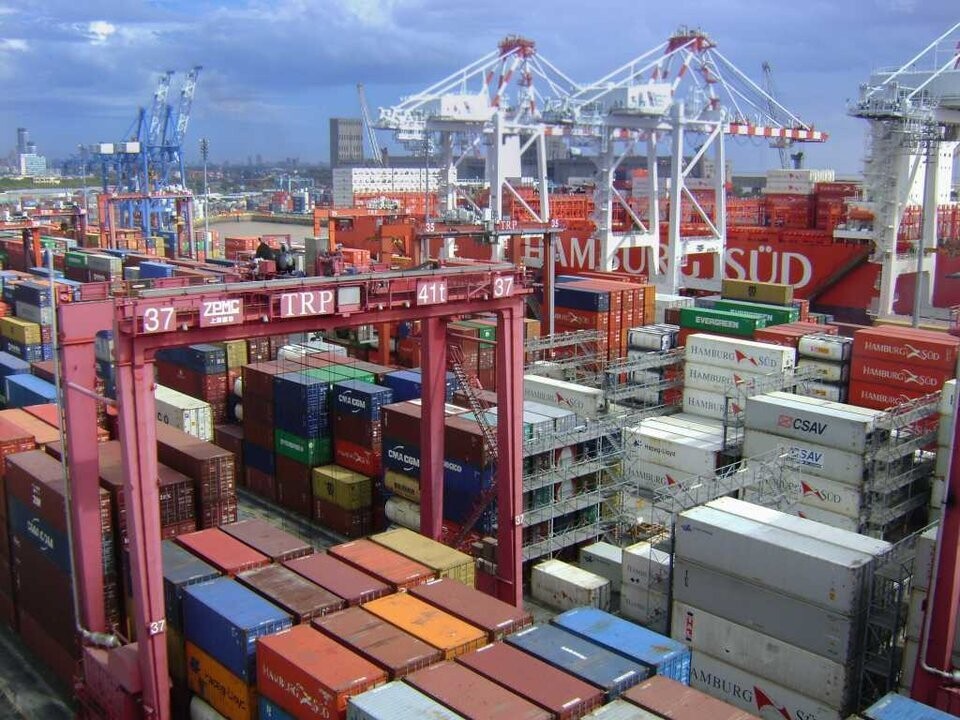
According to the National Institute of Statistics and Censuses (INDEC), the terms of trade index, which measures the change in the purchasing power of a physical unit of export relative to imports, rose by 4.5% in the third quarter of 2025 (July-September) compared to the same period of the previous year. The trade balance for the third quarter of this year was in surplus at US$3.268 billion. The increase was driven by higher export prices, unlike in previous quarters where the improvement was explained by a fall in import prices.
In the case of export prices, during the third quarter of the year, they obtained a year-on-year increase of 0.8% and reversed a period of ten consecutive quarters of decline (since the first quarter of 2023). During the months of July, August, and September, prices showed increases of 1.4%, 0.7%, and 0.3%, respectively. The index of exported quantities rose by 12.9% year-on-year, driven by growth in most major sectors. The largest increase was recorded for primary products, with 32.3%, followed by fuels and energy (31.5%) and agricultural manufacturing (11.8%). Industrial manufacturing was the only exception, falling by 6.4% compared to the same quarter of 2024. Thus, the general index reached its highest level for a third quarter in the 2015–2025 period.
On the other hand, import prices fell by 3.5% year-on-year and accumulate ten consecutive quarters of decline (since the second quarter of 2023). They fell by 3.4% in July, 6.7% in August, and 0.3% in September. The decline was driven by reductions in the prices of fuels and lubricants (18.2%), passenger motor vehicles (2.6%), intermediate goods (3.5%), consumer goods (1.3%), and parts and accessories for capital goods (0.6%). However, the quantities imported were positive and grew by 28.3%, as a result of increased purchases. They rose by 24.3% in July, 42.3% in August, and 21.3% in September. In the cumulative total for the third quarter of 2025, the quantities index rose by 38.6%.
The INDEC's foreign trade price and quantity index shows the quarterly evolution of the prices and quantities of exports and imports. It also allows for the decomposition of the evolution of current values in terms of the variations in the prices and quantities of exports and imports.














